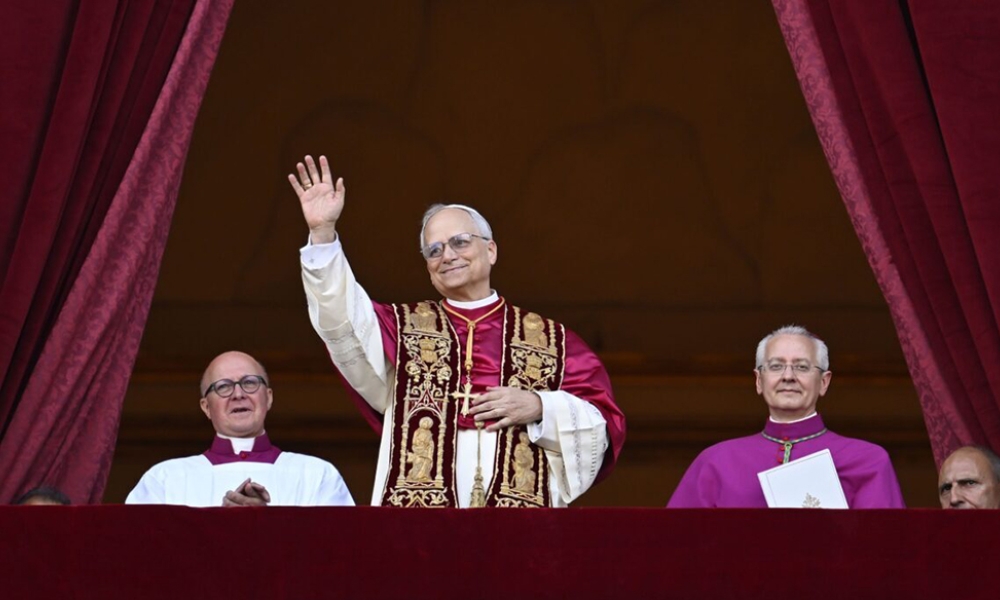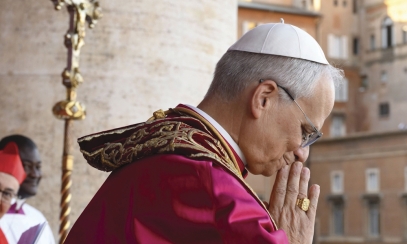
Habemus Papam! Cardinal Robert Francis Prevost elected as pope, takes the name Leo XIV
On May 8, 2025, at 6:08 p.m. in Rome, the bells rang as white smoke lifted from the Sistine Chapel. St. Peter’s Square filled with thousands of people waiting to hear who was elected the new leader of the Catholic Church. At 7:13 p.m., Cardinal Dominique Mamberti, the protodeacon of the College of Cardinals, announced in Latin: “Annuntio vobis gaudium magnum: Habemus Papam!” (“I announce to you a great joy: We have a pope!”) He announced Cardinal Robert Francis Prevost as the 266th successor to St. Peter – the first-ever American pope.
On May 8, 2025, at 6:08 p.m. in Rome, the bells rang as white smoke lifted from the Sistine Chapel. St. Peter’s Square filled with thousands of people waiting to hear who was elected the new leader of the Catholic Church. At 7:13 p.m., Cardinal Dominique Mamberti, the protodeacon of the College of Cardinals, announced in Latin: “Annuntio vobis gaudium magnum: Habemus Papam!” (“I announce to you a great joy: We have a pope!”) He announced Cardinal Robert Francis Prevost as the 266th successor to St. Peter – the first-ever American pope.
Pope Leo XIV’s first words to the world were: “Peace be with all of you!”
He went on to say: “Peace be with you! Dearest brothers and sisters, this was the first greeting of the risen Christ, the Good Shepherd who gave his life for the flock of God. I, too, would like this greeting of peace to enter your hearts, to reach your families and all people, wherever they are; and all the peoples, and all the earth: Peace be with you.”
His blessing to those watching from St. Peter’s Square and around the world ended with the recitation of the Hail Mary.
Born in 1955, the pope grew up on the South Side of Chicago. After working for more than 20 years with the poorest people of Peru, Pope Leo XIV became a naturalized citizen of Peru. Pope Francis appointed him to the College of Cardinals in 2023.
The largest-ever conclave that elected Pope Leo lasted just over 24 hours and consisted of 133 cardinals. Only members of the College of Cardinals who are under the age of 80 are allowed to vote. The College of Cardinals now includes men from countries who never before had a voice in a papal election. Diversity in the Church was important to Pope Francis, and he made sure this was reflected in the men he appointed as cardinals during the 12 years of his pontificate.
The cardinals were sequestered in the Sistine Chapel under the frescos created by Michelangelo 500 years ago during the conclave. A two-thirds majority was reached on the third vote taken by the cardinals, following the first vote on Wednesday evening and the second vote on Thursday morning.

